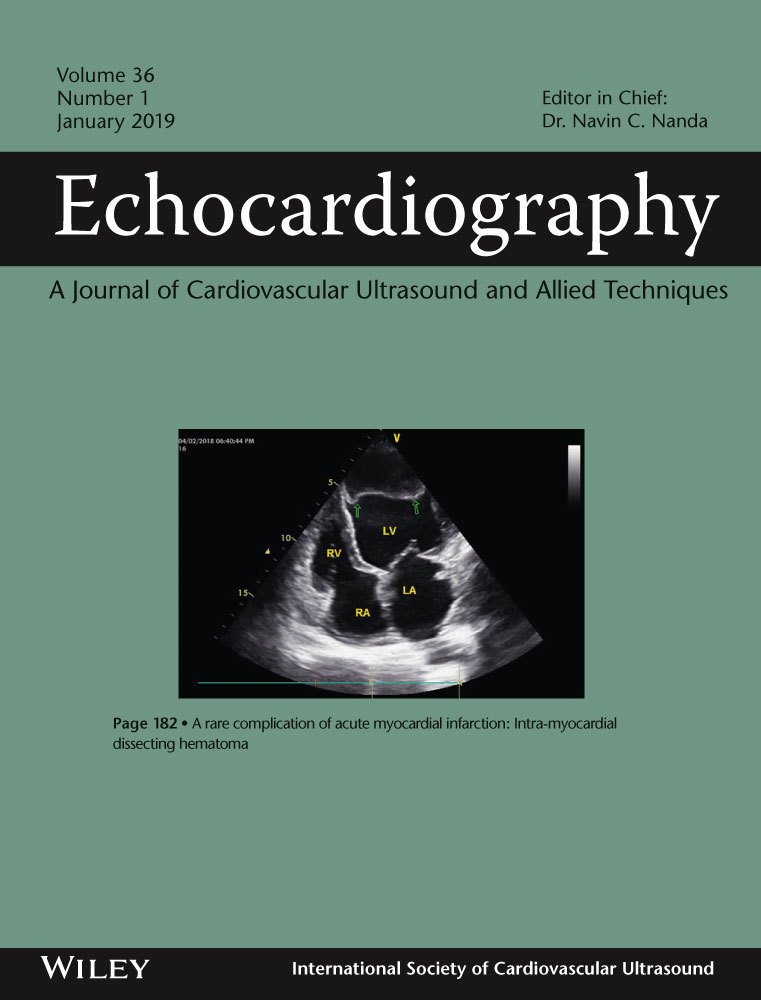Teamwork using strain imaging in the echocardiographic assessment of right ventricular systolic function: A cardiac magnetic resonance imaging correlation study
Abstract
Aim
The aim of this study was to investigate whether conventional echocardiographic assessment of right ventricular (RV) systolic function can be improved by the addition of RV strain imaging. Additionally, we also aimed to investigate whether dedicated reading sessions and education can improve echocardiographic interpretation of RV systolic function.
Methods
Readers of varying expertise (staff echocardiologists, advanced cardiovascular imaging fellows, sonographers) assessed RV systolic function. In session 1, 20 readers graded RV function of 19 cases, using conventional measures. After dedicated education, in session 2, the same cases were reassessed, with the addition of RV strains. In session 3, 18 readers graded RV function of 20 additional cases, incorporating RV strains. Computer simulations were performed to obtain 230 random teams. RV ejection fraction (RVEF) by cardiac magnetic resonance (CMR) was the reference standard.
Results
Correlation between RV GLS and CMR-derived RVEF was moderate: Spearman's rho: 0.70, n = 19, P < 0.001 (first two sessions); 0.55, n = 20, P < 0.05 (third session). Individual readers’ assessment moderately correlated with RVEF (Spearman's rho first session: 0.67 ± 0.2; second session: 0.61 ± 0.2; and third session: 0.68 ± 0.09). Team estimates of RV systolic function showed consistently better correlation with RVEF, which were improved further by averaging across all readers. RV strain parameters influenced echocardiographic interpretation, with a net reclassification index of 8.0 ± 3.6% (P = 0.014).
Conclusions
The RV strain parameters showed moderate correlations with CMR-derived RVEF and appropriately influenced echocardiographic interpretation of RV systolic function. “Wisdom of the crowd” applied by averaging echocardiographic assessments of RV systolic function across teams of echocardiography readers, further improved echocardiographic assessment of RV systolic function.




